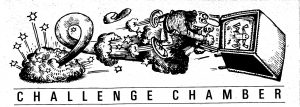
Showcasing gaming achievement was important for many game fans. Home computer fans had no public leader boards like those enjoyed in the arcades but magazines once more came to the rescue of Australian micro computer gamers. Each month with the pages of the Australian edition of PC Games, gamers were invited to send their high scores in ‘Challenge Chamber’.
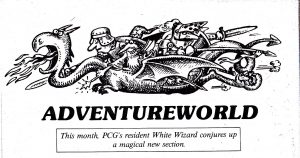
Help columns were a regular feature of computer magazine in the 1980s. As Adventure games were perhaps the most challenging games to play frequently leaving players stuck and unable to progress the Adventure help guru was a must for most game publications. The popularity of “The Hobbit” and the challenges of the Megler’s world and puzzles and the possibilities of Mitchell’s parser saw many column inches dedicated to the game.
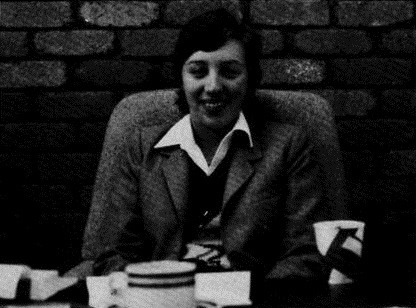
In the last year of a Bachelor’s degree in Science at Melbourne University in 1981, Phil and I were hired by Fred Milgrom as part-time programmers to write “the best adventure game ever”. Based on the game’s commercial success and feedback from fandom still rolling in three decades later, we succeeded in doing so: possibly the best-selling text adventure of all time.
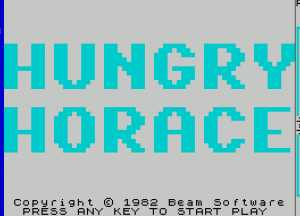
Alfred Milgrom and Naomi Besen established Melbourne House as the London distribution arm for their general book publishing company in 1977. In the early 1980s, Milgrom read an article in the Australian Financial Review that discussed publishing ‘How To’ books for the emerging home computer market…

Alfred Milgrom co-founded Melbourne House publishing and Beam Software games development studio. Melbourne House established in 1978 with his wife Noami Besen was orginally a UK registered book publishing company. In 1980, Milgrom and Besen started Beam Software, the electronic gaming arm with distribution through Melbourne House. The name “BEAM” is an amalgam of their names. Beam became successful enough for Melbourne House to cease book publishing and to concentrate on electronic games.
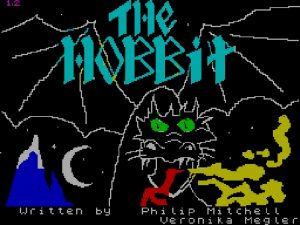
Mitchell is most celebrated for the complex parser he created for The Hobbit. He named the parser INGLISH and it was far more sophisticated than the two word commands that supported by the popular Scott Adams Adventure series. Mitchell’s parser allowed for complex commands to be typed in. Featuring a vocabulary of 800 words, it supported combinations of nouns verbs and adverbs.
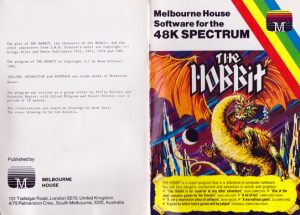
In 1982 Stuart Richie was student at the University of Melbourne doing a dual degree in linguistics and computer science. He was hired by Alfred Milgrom to consult on the design of the parser for The Hobbit.
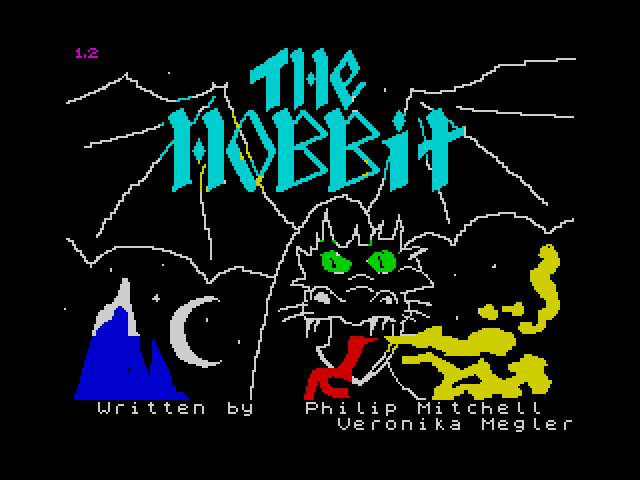
Veronika Megler worked at Beam Software when she was a computer science student in the early 1980s. She co-designed “The Hobbit” with Philip Mitchell. Megler was responsible for the creation of The Hobbit’s remarkable game world, alive with possibility and emergent events. A text world but one rich with with physics and populated by creatures and character all behaving autonomously.

Melbourne House (Publishers) Ltd, founded by Alfred Milgrom and Naomi Besen in 1977, was a book publishing company with offices in both Melbourne and London. Publishing laws at the time tied Australia to the UK market, meaning that it was difficult for Australians to buy American published books that had not been embraced by a UK publisher.









